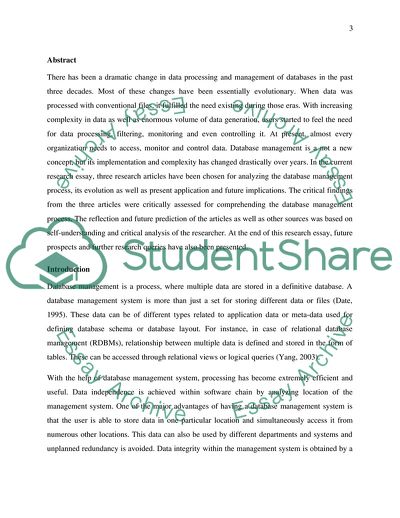Cite this document
(The Database Management Process Term Paper Example | Topics and Well Written Essays - 3000 words, n.d.)
The Database Management Process Term Paper Example | Topics and Well Written Essays - 3000 words. https://studentshare.org/information-technology/1832559-management-information-system-data-base-management
The Database Management Process Term Paper Example | Topics and Well Written Essays - 3000 words. https://studentshare.org/information-technology/1832559-management-information-system-data-base-management
(The Database Management Process Term Paper Example | Topics and Well Written Essays - 3000 Words)
The Database Management Process Term Paper Example | Topics and Well Written Essays - 3000 Words. https://studentshare.org/information-technology/1832559-management-information-system-data-base-management.
The Database Management Process Term Paper Example | Topics and Well Written Essays - 3000 Words. https://studentshare.org/information-technology/1832559-management-information-system-data-base-management.
“The Database Management Process Term Paper Example | Topics and Well Written Essays - 3000 Words”. https://studentshare.org/information-technology/1832559-management-information-system-data-base-management.


